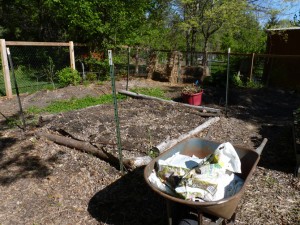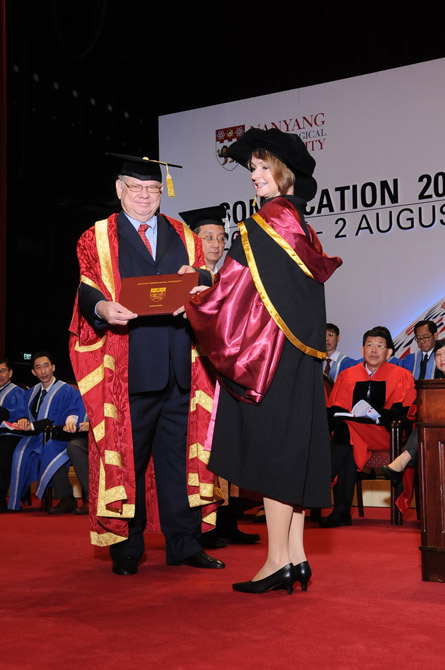Lughnasa New (Artemis) Moon
This month is the Artemis moon because Artemis is the goddess of honeybees and the name goddess for our hives. Why this month? Because the end of August is the usual time for honey extraction among beekeepers in our area. Our brand new extraction equipment is in en route to us from Dadant Bee Supplies in 5 boxes of approximately 34 pounds each. Some assembly required.
The honey labels, designed by fellow Woolly and graphic artist Mark (LockMan) Odegard, are spectacular. Literally. You’ll have to see them. I’ll post an image when I have a photograph. Odie offered to do this design work because he always wanted to keep bees himself. His work displays long study and careful craftmanship.
A short bit on a longer topic. Analysis. A New York Times Magazine piece, My Life In Therapy, raised a question I’ve pondered many times. That is, does therapy accomplish anything? The author, Daphne Merkin, seems to say no, or mostly no; but, her criteria, character change, is, I think, precisely the wrong measure and gives rise to the dilemma that haunts her piece.
Ms. Merkin started in therapy early, at age 10, and has experienced several therapists, most of them Freudian if I read between the lines. I didn’t get started so early, age 24 or so, but I saw therapists and counselors from several schools: existentialist, bumbling pastoral counseling, Adlerian until I hit the big hole in my therapeutic road, treatment for alcoholism. My month long stint in a Hazelden outpatient program spelled the end of my bouncing from this to that trying to sort out the unusual strategies I had for getting in my own way, many of them, near as I could figure out, related to grief over my mother’s sudden death at 46.
Getting sober made a lot of things come clear that had been foggy. Without the medication and confusion of drinking, a lot of my life snapped into focus. Not fast enough however to have prevented a second marriage while I was still drinking. That marriage, like the first one, ended up in the divorce courts.
Raeone and I parted ways in 1988, but not before I sought therapy once again. This time I landed, and I don’t recall how, in the offices of John Desteian, a Jungian analyst. John himself and the Jungian paradigm in particular fit me. Exploration of dreams, the linkage between imagination and self-knowledge and Jung’s special attention to the creative combined to move me forward on that most ancientrail of all, self-knowledge. John encouraged me and forced me deeper in my self-exploration, helping me see the very real boxes I constructed, boxes that prevented me from getting to the core of my self and my true pilgrimage.
It took a long time, maybe 18 years off and on, perhaps mostly off, but at certain points weekly for a couple of years at a whack. Over the course of time I did not go through a character change. I went through a dramatic change in self-acceptance. Those melancholic mood swings? Yes, probably somewhat related to my mother’s death. Now though they presage a return to creative activity, an ingathering of energy and self collecting itself for a push forward. The ministry? An aspect of my three-part self certainly– scholar, monk and poet–but not well related, since the monk is a meditative, solitary archetype for the religious life and the ministry has an extroverted, communal structure. A better fit? Writing, solitary work.
The writing has not been a royal road to success, measured in the externals of publishing and money-making and those are real measures. It did, however, let me focus on creativity, on the domestic front: cooking, husband, father, gardener and now bee-keeper and on the inner work of the religious or faith pilgrimage. It’s not that I’ve not written, I have. Six novels. Many short stories and essays. This blog and many handwritten journals. The shift did allow what I call my Self to lead me rather than the demands of the culture or my own ratocinations based on expectations from childhood.
No, I do not believe the goal of therapy or analysis is character change, a goal that may not be achievable at all. Rather, I see the goal of analysis as the clarification of self, stripping away the accretions of fear, role, pleasing others, traps which cause us to shut some or even all of our self away as unworthy or unnecessary or unwanted, and in that clarification coming to design a life congruent with the Self, one that nurtures and explores its unique possibilities. This may mean dramatic role changes; it did for me, moving from the ministry to the study. This may mean accepting parts of your self that seem unacceptable, for me melancholy and introversion and my need to write, all of which felt unwanted at one time or the other. This may mean moving from a place of external success to a place of internal satisfaction. It has for me.
Analysis with John Desteian, using the insights of Carl Jung, helped me achieve a goal I didn’t even know I had, becoming more like who I already was.

 already. The onions are on their way. The potatoes and squash will make their way into the storage room last. We still have chard and kale to freeze, beans to pick and freeze, tomatoes, carrots and various kinds of lettuce. Soon the raspberries, the golden ones will begin to ripen, the wild grapes, too. The hobby bee keepers say the state fair is the time to extract honey, so we’ll have that operation underway around labor day.
already. The onions are on their way. The potatoes and squash will make their way into the storage room last. We still have chard and kale to freeze, beans to pick and freeze, tomatoes, carrots and various kinds of lettuce. Soon the raspberries, the golden ones will begin to ripen, the wild grapes, too. The hobby bee keepers say the state fair is the time to extract honey, so we’ll have that operation underway around labor day. How about that hat. She owns all that regalia now. This was in Singapore last week.
How about that hat. She owns all that regalia now. This was in Singapore last week.